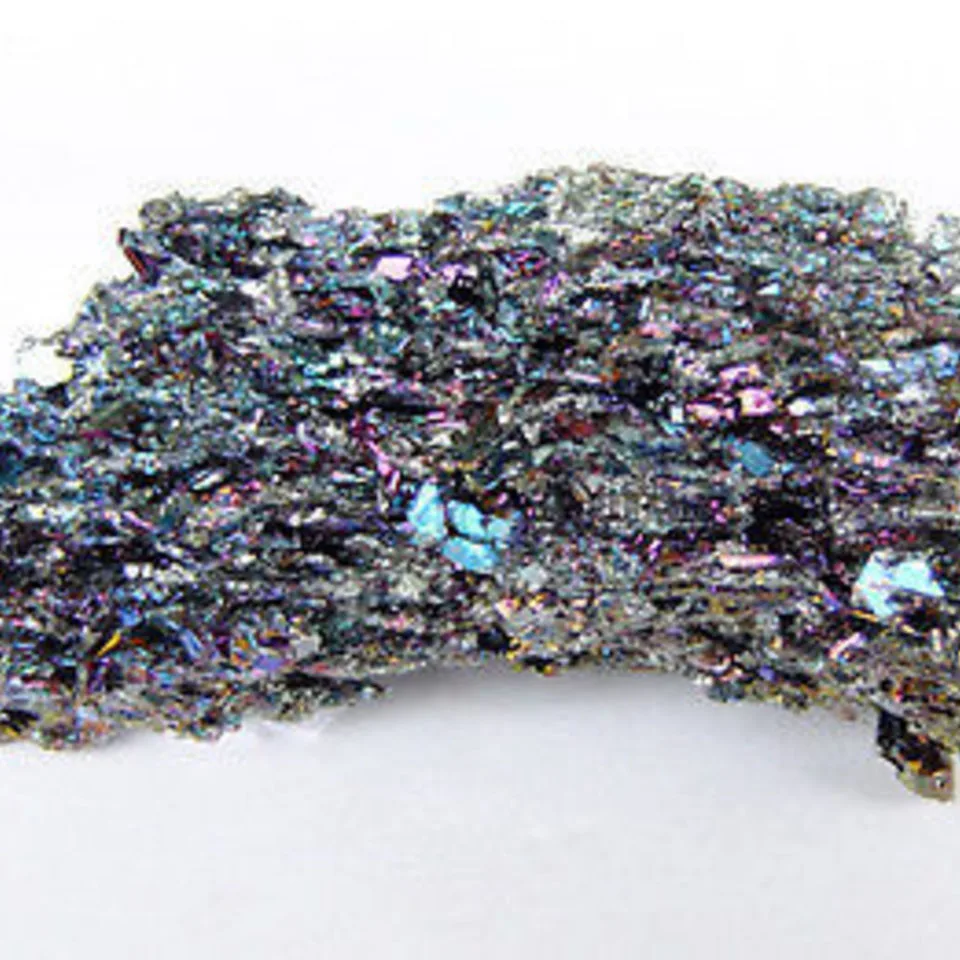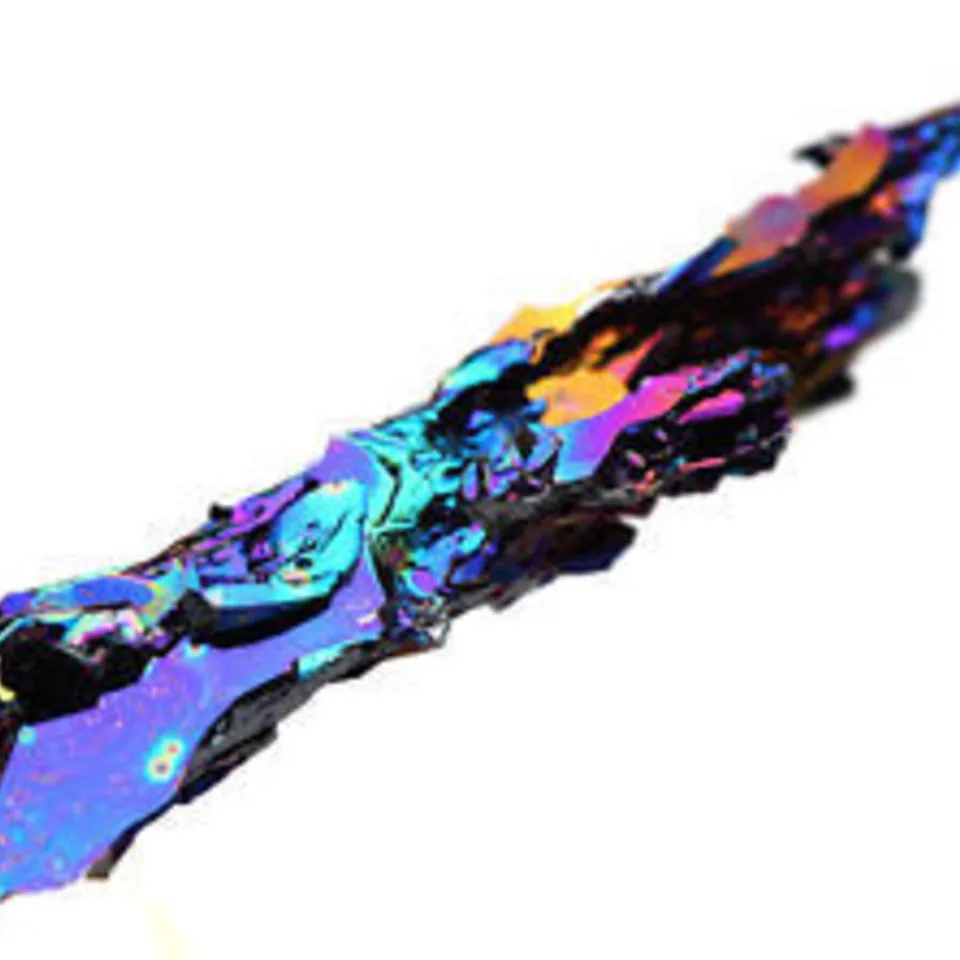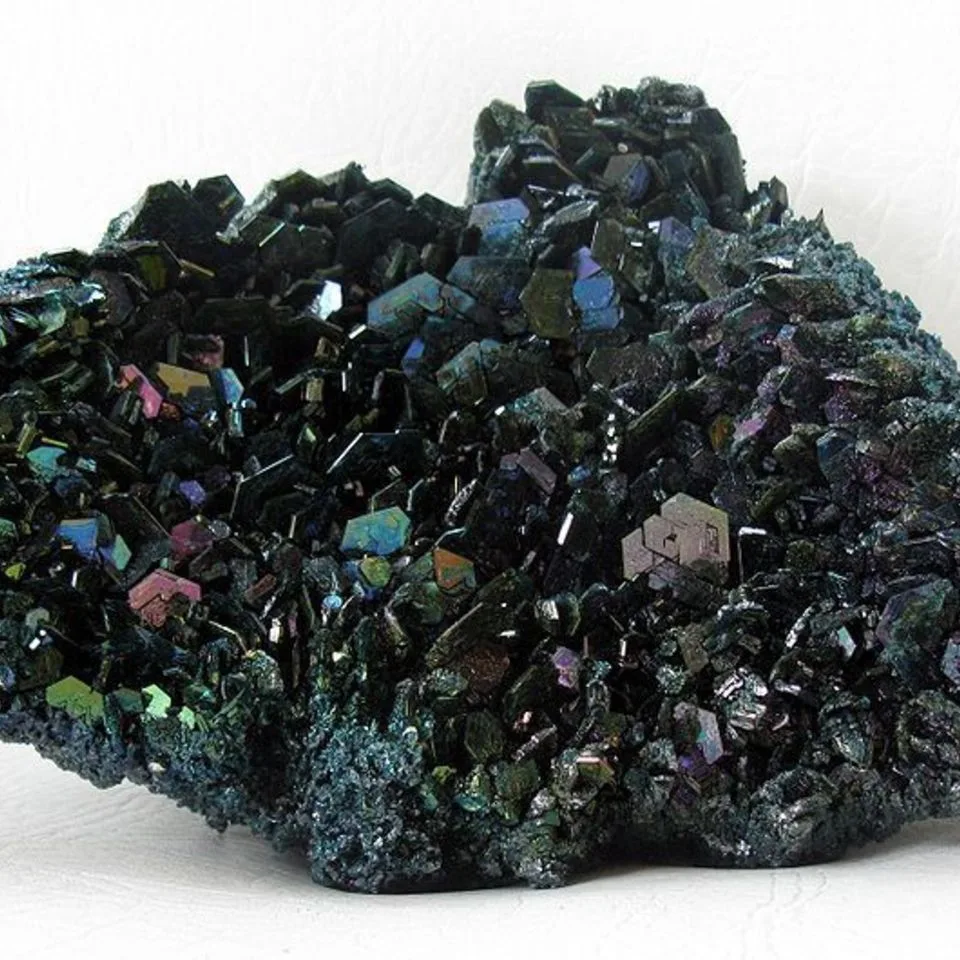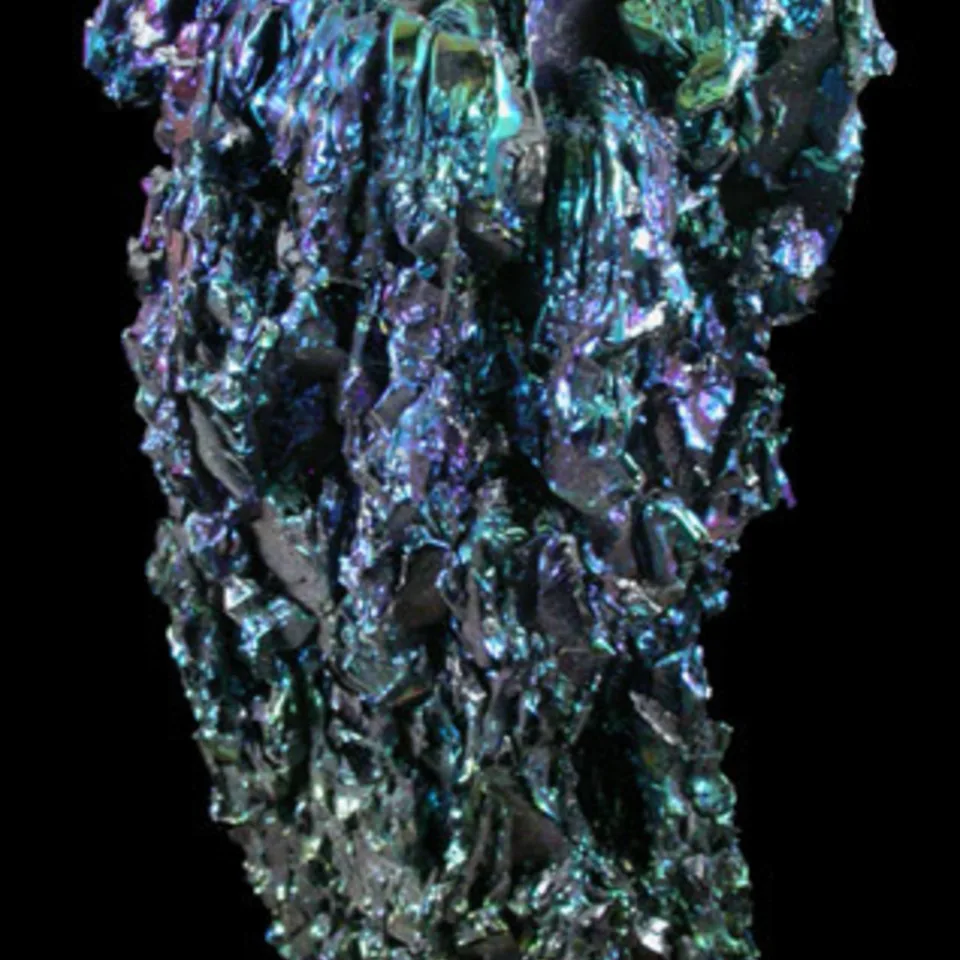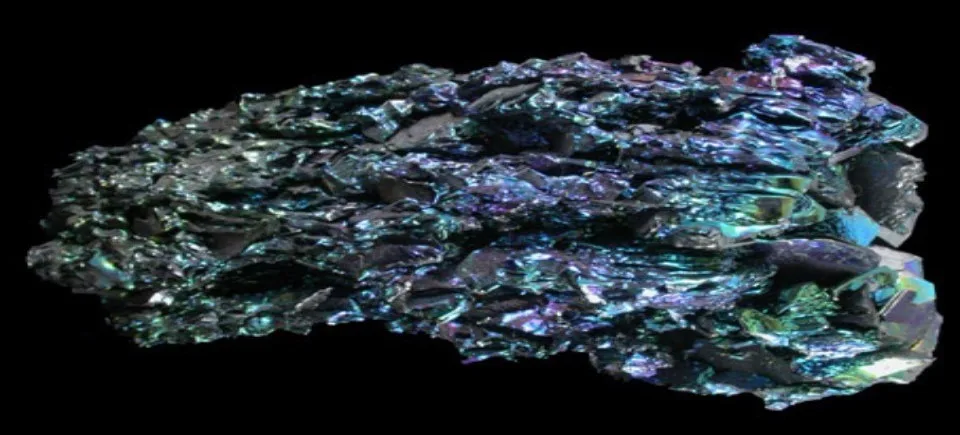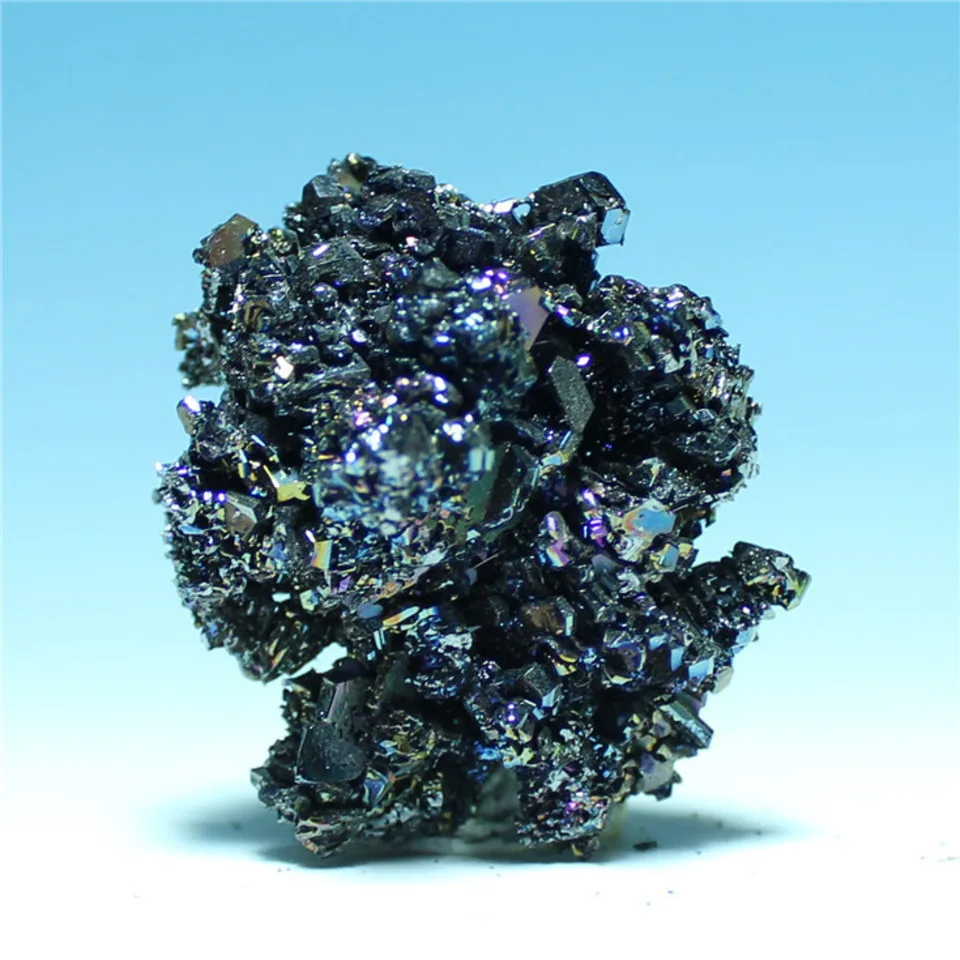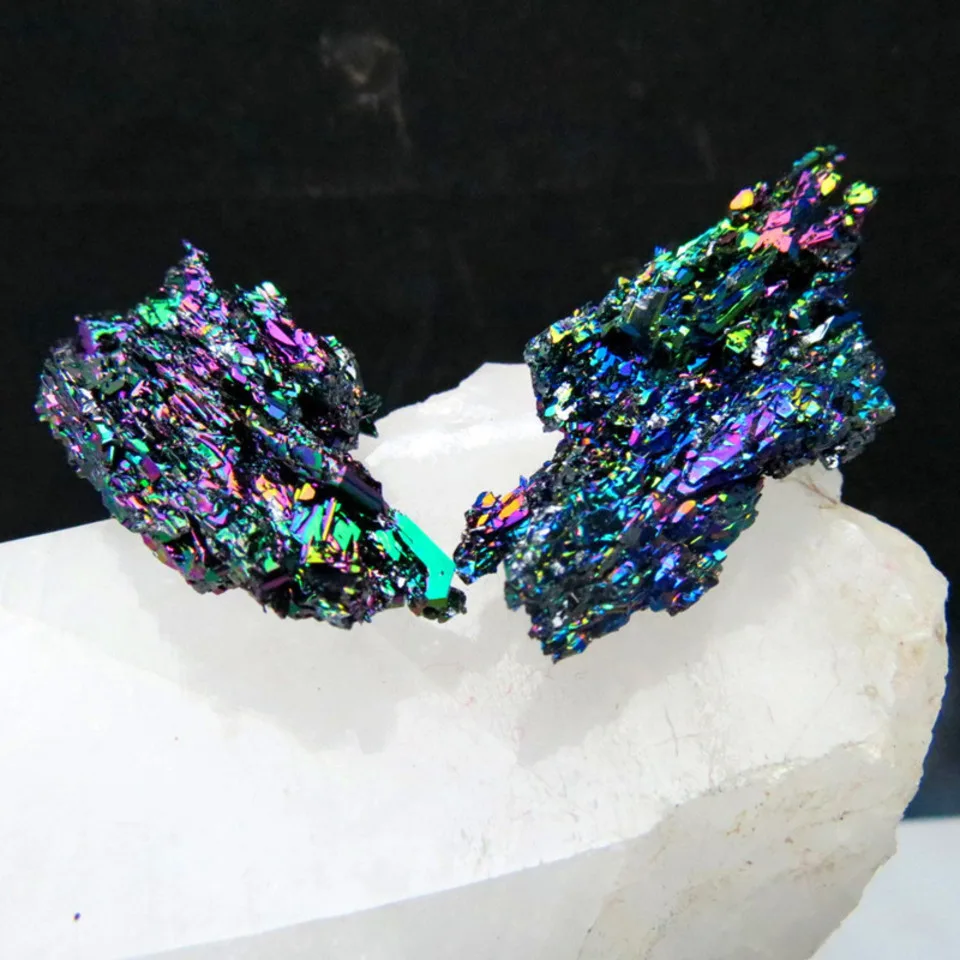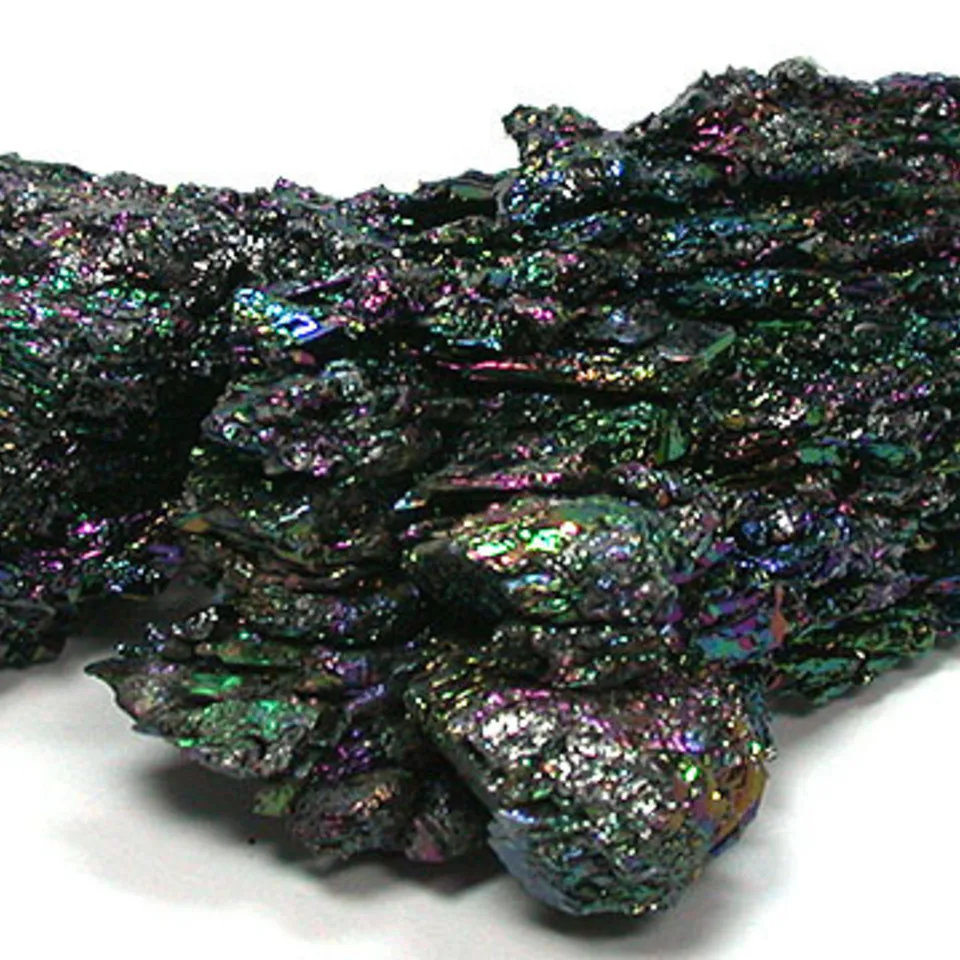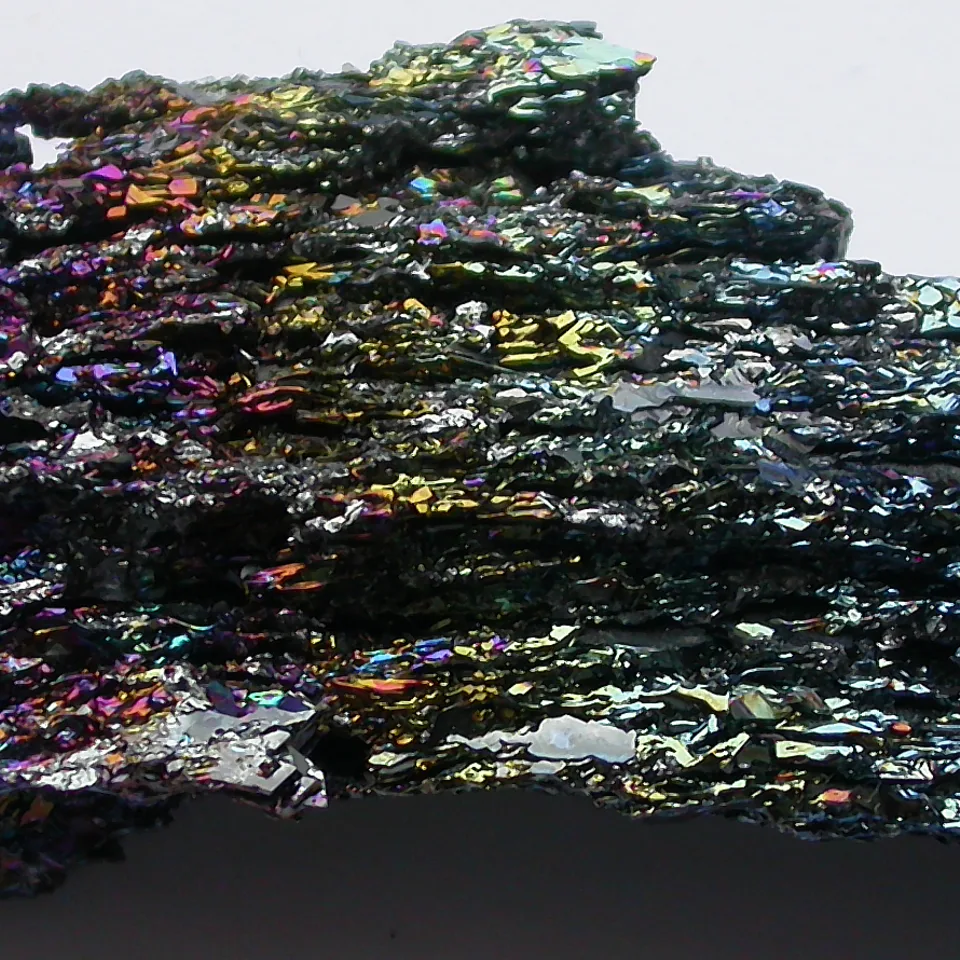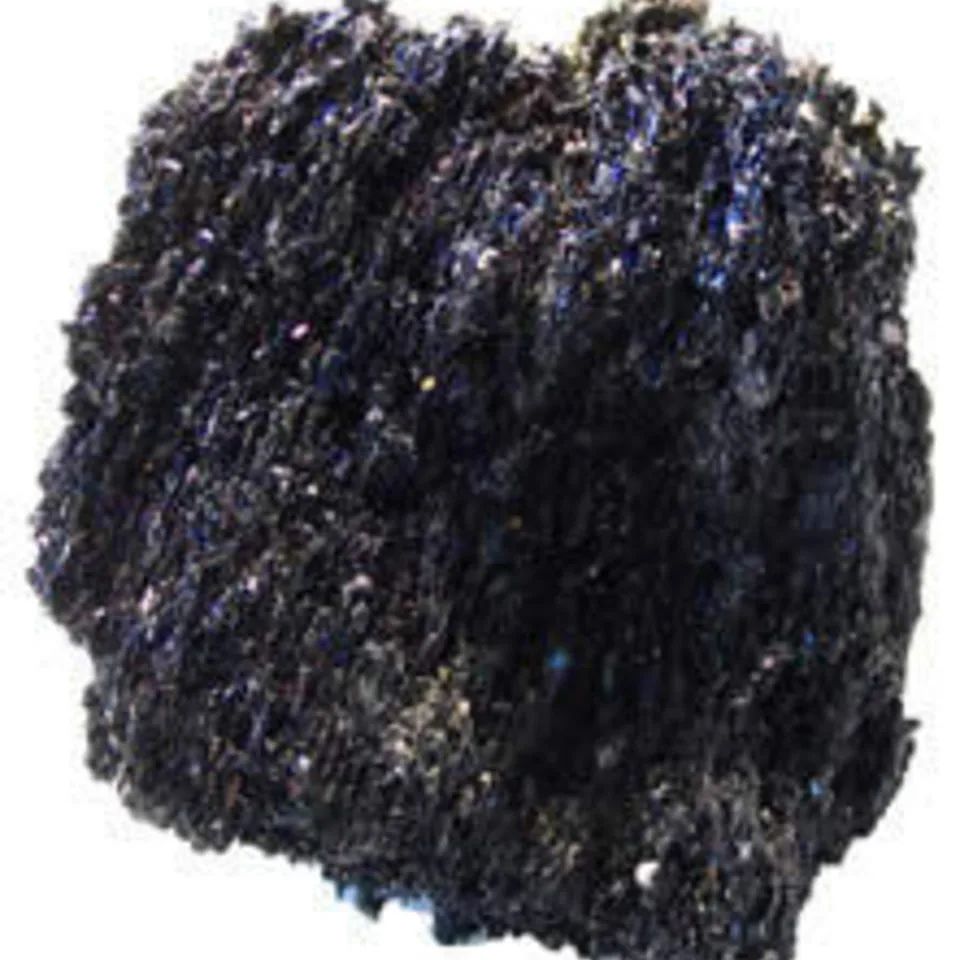Silicon Carbide
Silicon carbide (SiC), also known as carborundum /kɑrbəˈrʌndəm/, is a compound of silicon and carbon with chemical formula SiC. It occurs in nature as the extremely rare mineral moissanite. Silicon carbide powder has been mass-produced since 1893 for use as an abrasive. Grains of silicon carbide can be bonded together by sintering to form very hard ceramics that are widely used in applications requiring high endurance, such as car brakes, car clutches and ceramic plates in bulletproof vests. Electronic applications of silicon carbide as light-emitting diodes (LEDs) and detectors in early radios were first demonstrated around 1907. SiC is used in semiconductor electronics devices that operate at high-temperatures or high voltages or both. Large single crystals of silicon carbide can be grown by the Lely method; they can be cut into gems known as synthetic moissanite. Silicon carbide with high surface area can be produced from SiO2 contained in plant material.
Wide-scale production is credited to Edward Goodrich Acheson in 1890. Acheson was attempting to prepare artificial diamonds when he heated a mixture of clay (aluminum silicate) and powdered coke (fuel) (carbon) in an iron bowl. He called the blue crystals that formed Carborundum, believing it to be a new compound of carbon and aluminum, similar to corundum. In 1893, Henri Moissan discovered the very rare naturally-occurring SiC mineral while examining rock samples found in the Canyon Diablo meteorite in Arizona. The mineral was named moissanite in his honor. Moissan also synthesized SiC by several routes, including dissolution of carbon in molten silicon, melting a mixture of calcium carbide and silica, and by reducing silica with carbon in an electric furnace.
